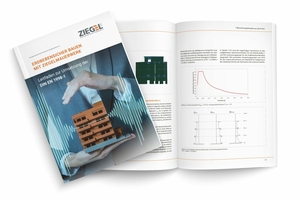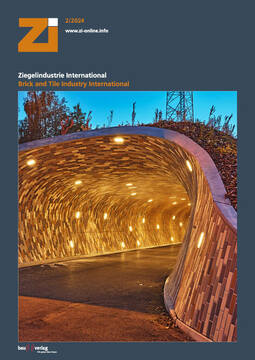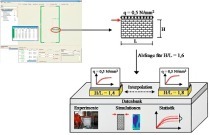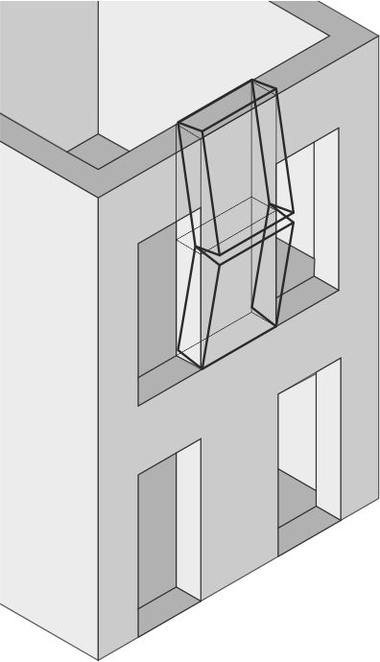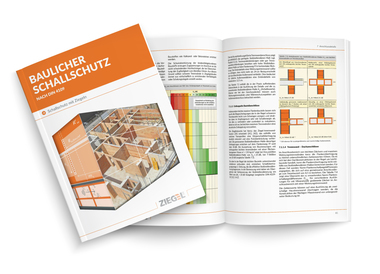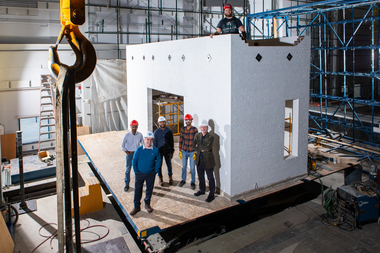“Earthquake-proof construction with brick masonry”
The Federal Association of the German Brick and Tile Industry has republished the guide “Earthquake-proof construction with brick masonry”. The aim of the brochure is to demonstrate to structural engineers the basics of seismic design of buildings made of brick masonry in accordance with DIN EN 1998-1. The topic is illustrated using practical examples and is therefore also of interest for teaching at universities and for the construction industry.
New earthquake map for Germany
As Prof. Dr.-Ing. Christoph Butenweg, FH Aachen, mentions in his introduction, the main changes compared to the previous DIN 4149 are a comprehensive revision of the seismic map and the fundamental revision of the chapter on the seismic design of masonry. The revision of the masonry regulations was necessary because new verification concepts were developed for German seismic regions based on design rules and computational approaches due to regional increases in seismic actions.
Design and construction of earthquake-resistant brick walls
The guide deals with the design and earthquake-resistant construction of buildings made of brick masonry. The calculation principles and design concepts are presented. Detailed diagrams are used to provide specific information on the design and construction of masonry walls, ceilings and connection details.
Calculation examples from practice
The design rules, verification concepts and calculation models are illustrated using three practical examples. The simplified verification based on the design rules is applied to a terraced house. The application of the simplified response spectrum method and non-linear calculation approaches is illustrated using a detached house. The procedure of the multimodal response spectrum method is demonstrated using the example of a multi-family house.
New features in the 2024 version of DIN EN 1998-1
With the new approaches, seismic verifications for brick masonry can continue to be successfully performed for the new seismic actions. Thanks to improved load-bearing and deformation capacities in combination with the earthquake-compliant design of connections, earthquake safety can also be safely achieved with brick masonry in the future.
PDF download and 3 webinars online
The 70-page technical publication is now available to download free of charge at www.ziegel.de. In addition, the contents of the brochure can be followed in three recorded webinars at https://minea-design.de/webinare. In these webinars, the processing of the three application examples with the MINEA software [18] is demonstrated.

